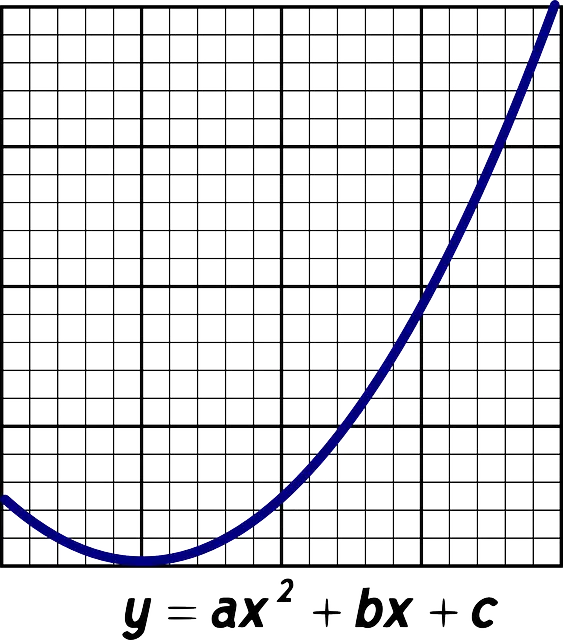
The limit of a function reveals the proximity between a value and a point.
The word that concerns us in the first place, limit, we can say that it is a word that comes, etymologically speaking, from Latin. Specifically, it emanates from the noun “limes”, which can be translated as “border or edge”. Function, for its part, also coincides with the previous term with regard to its origin. And, in the same way, it comes from Latin, more precisely from “functio”, which is synonymous with “function or execution”.
What is a limit and what is a function
The notion of limit has multiple meanings. It may be a line that separates two territories, an end reached by a certain time, or a restriction or limitation. For mathematics , a limit is a fixed magnitude to which the terms of an infinite sequence of magnitudes increasingly approach.
Function , meanwhile, is a concept that refers to various issues. In this case, we are interested in the definition of a mathematical function (the relationship f of the elements of a set A with the elements of a set B ).
Concept of limit of a function
The limit expression of a function is used in mathematical differential calculus and refers to the closeness between a value and a point . For example: if a function f has a limit X at a point t , it means that the value of f can be as close to

The idea of closeness is key in the limit of a function.
Within what would be the limit of the function, we would have to highlight the existence of a very important theory. We are referring to the sandwich theory, also known as the sandwich theorem, which has its origins in the times of the Greek physicist Archimedes, who used it as did the mathematician Eudoxus of Cnidus, who was a disciple of the philosopher Plato.
However, it is considered that the true formulator of that is none other than the German mathematician and astronomer Carl Friedrich Gauss (1777 – 1855), who has gone down in history as the “prince of Mathematics”.
The sandwich theorem
We have to say that this theorem establishes that if two functions opt for the same limit with respect to a specific point, any other function that is established between them will also share the same limit with them.
Within the field of mathematical analysis and calculus, and more specifically in the area of proofs, is where the use of the sandwich theory is usually resorted to, which is also called the theorem of the thief and the two policemen.
The history of the notion of limit of a function
The limits of functions were already analyzed in the 17th century, although the modern notation emerged in the 18th century from the work of various specialists. Karl Weierstrass is said to have been the first mathematician to propose a precise technique, between 1850 and 1860.
In short , a function f with limit In any case, the idea of closeness is imprecise, so a formal definition requires more elements.
